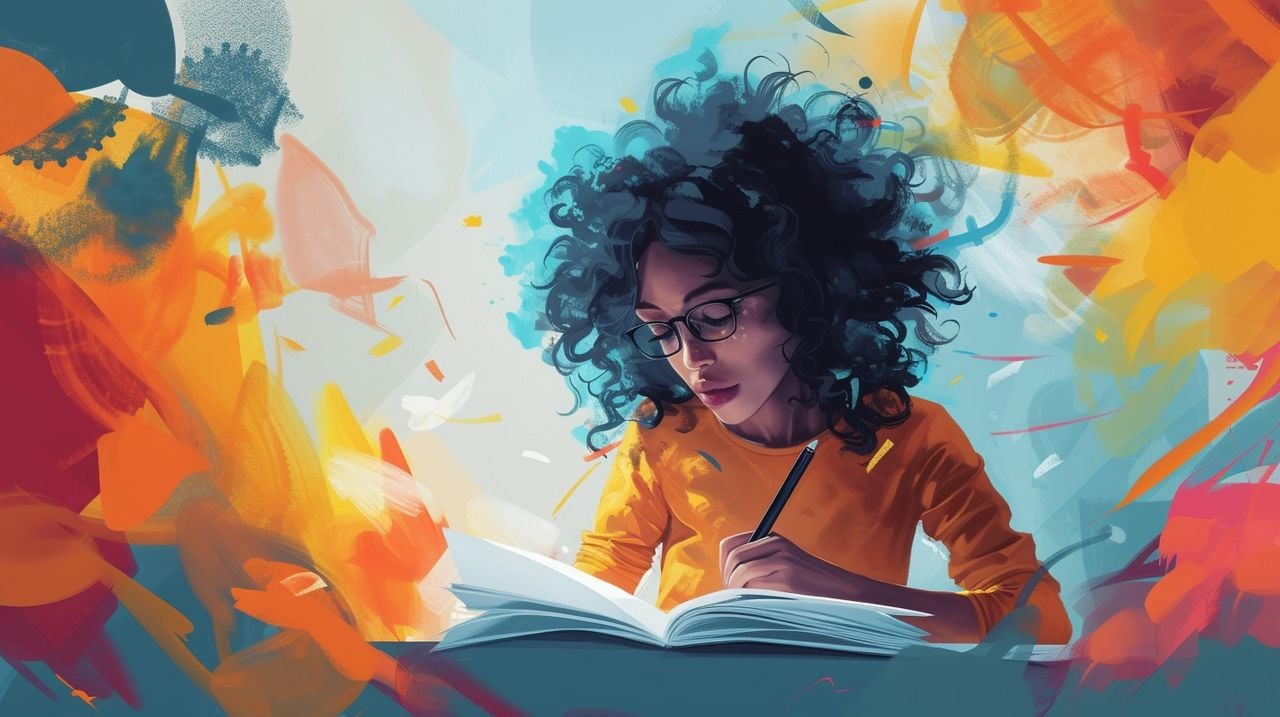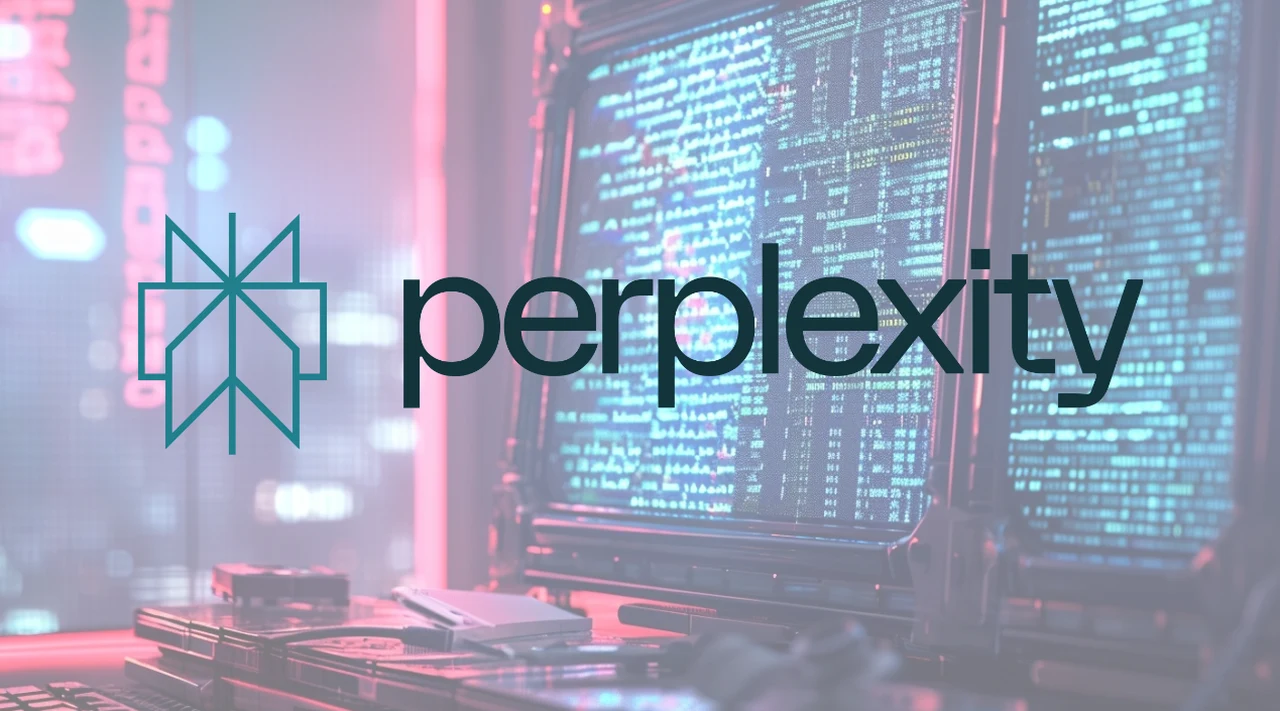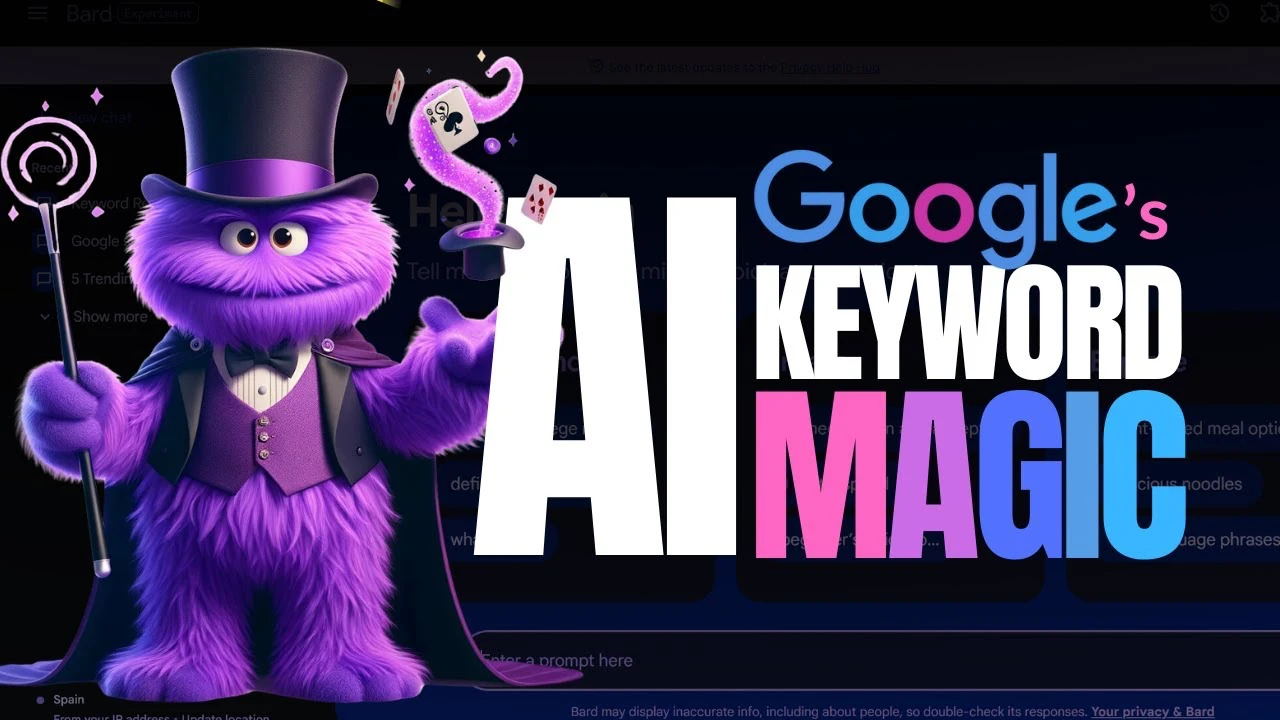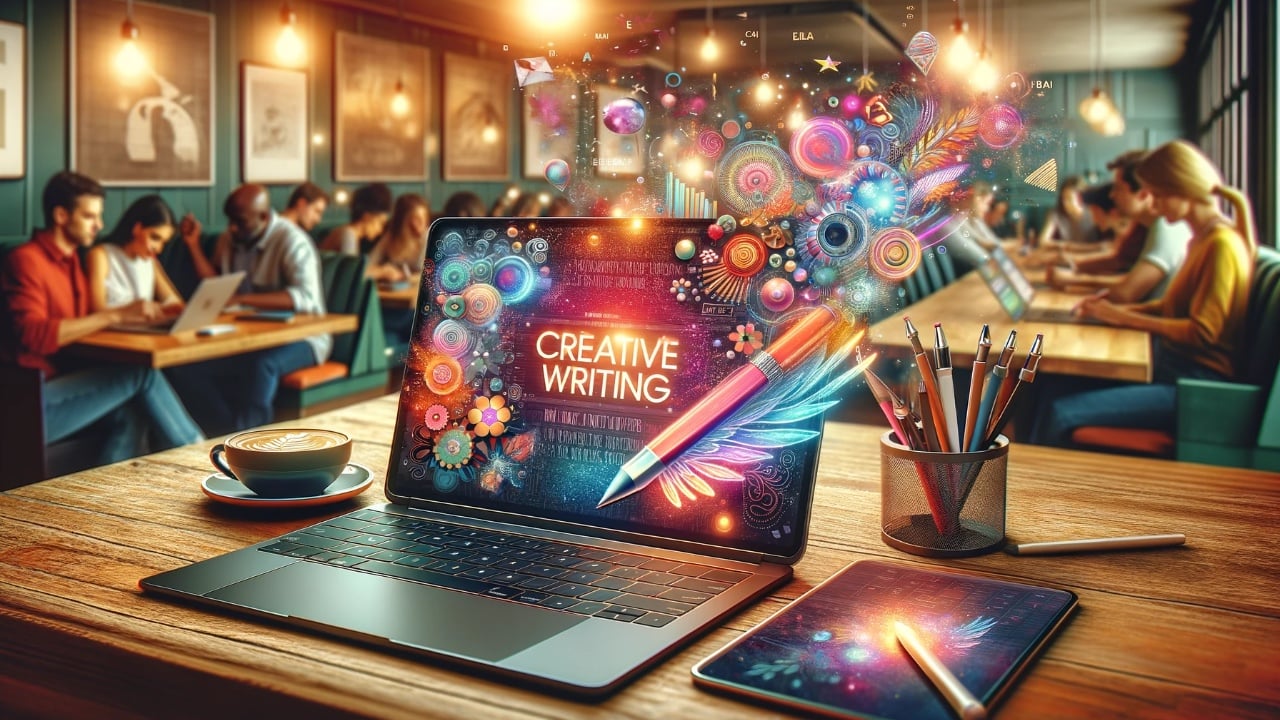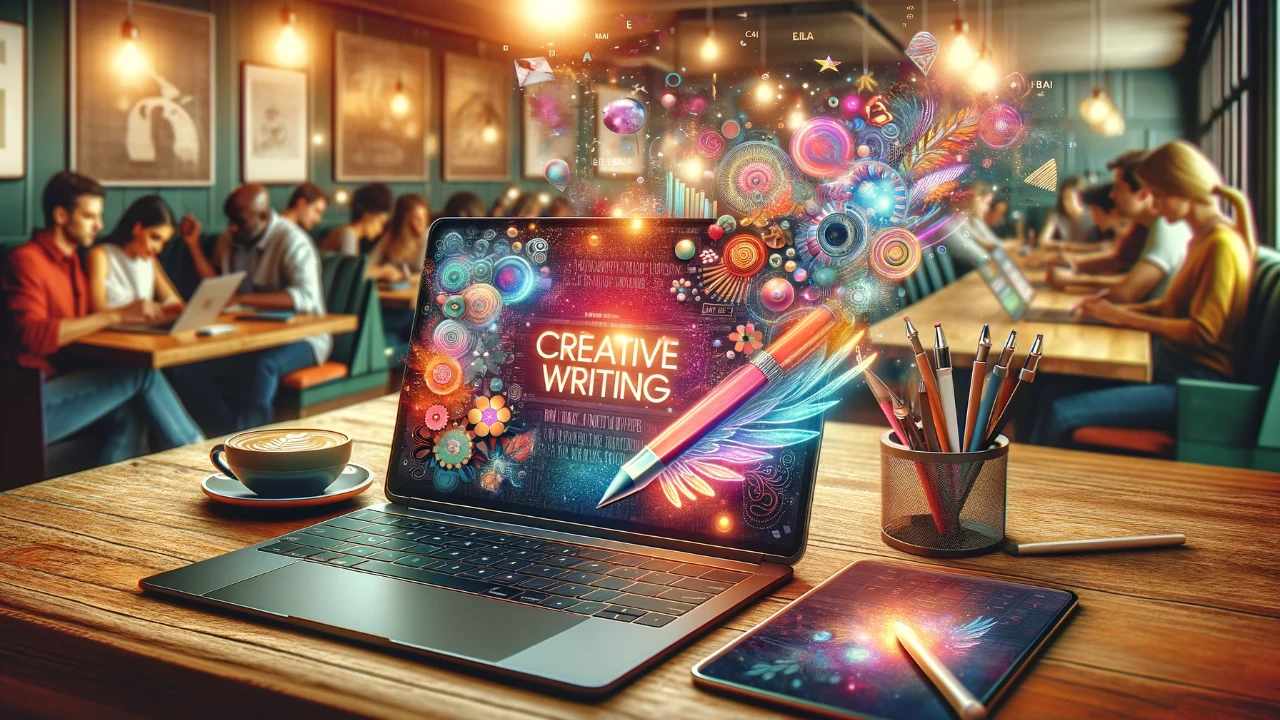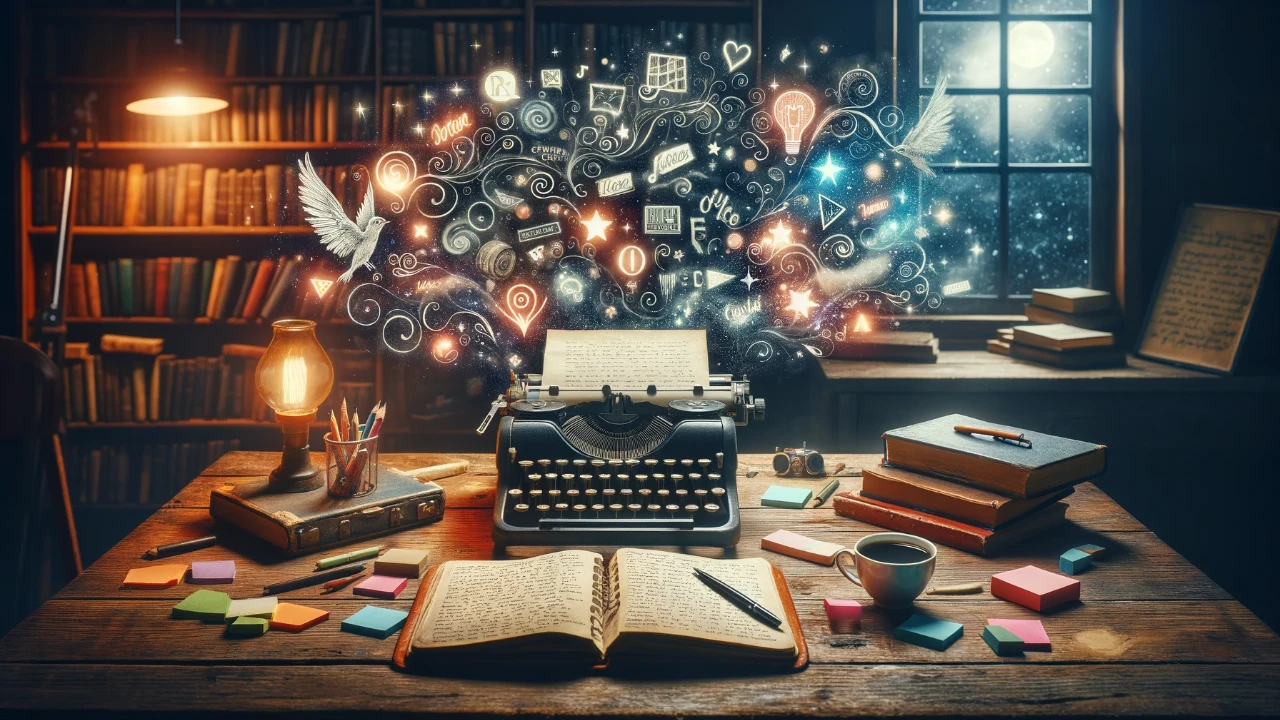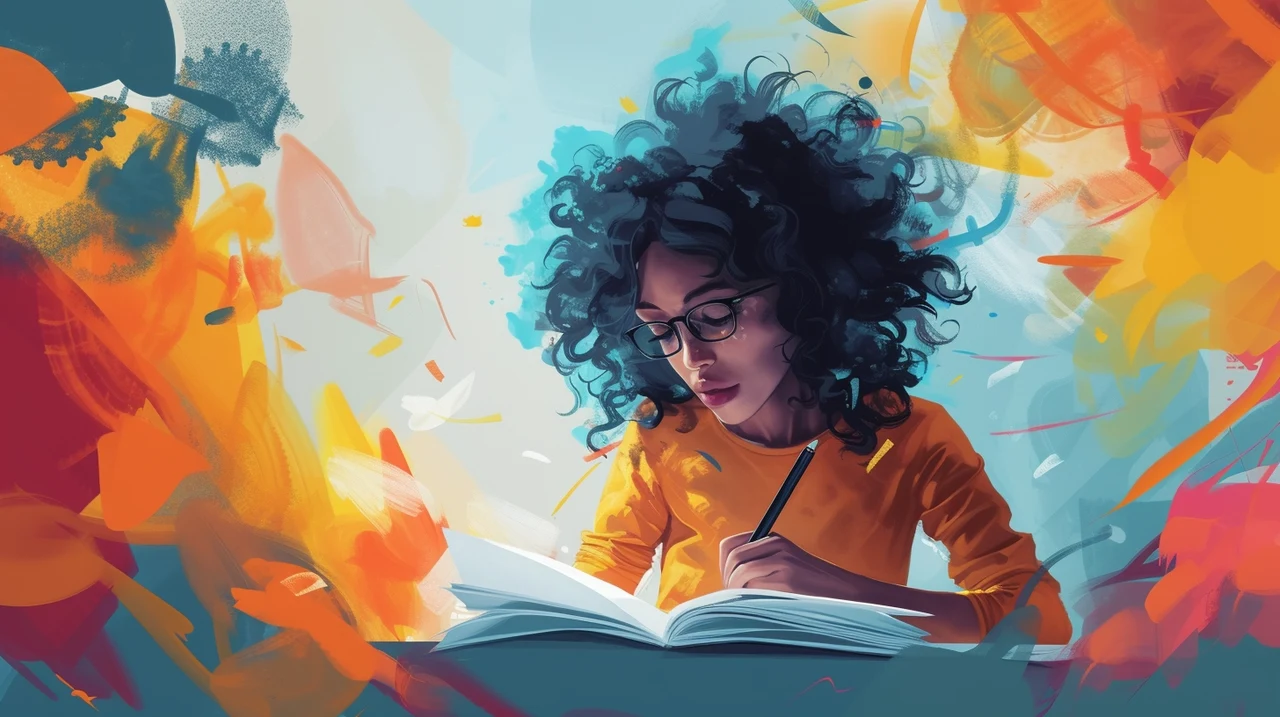
In the fast-paced world of digital content creation, writers are constantly seeking tools to enhance their work and stand out. Perplexity 3.0 emerges as a sophisticated ally for content creators, offering a suite of features that streamline the writing process and optimize articles for search engines and reader engagement. This advanced tool is designed to assist writers in producing high-quality, SEO-friendly content that resonates with audiences and ranks well in search results.
Perplexity 3.0 is a state-of-the-art content creation system that supports writers in crafting standout articles. Its intuitive interface and powerful features are accessible to writers at all skill levels, making it easier to navigate the intricacies of content creation. The system provides a structured approach to article writing, which is essential in today’s competitive online environment.
One of the key features of Perplexity 3.0 is its AI profiles that learn from your writing style and preferences. These profiles evolve as you work with the tool, resulting in content that mirrors your unique voice. Additionally, the tool’s collection features allow you to organize your research and ideas efficiently, saving time and streamlining your workflow.
Using Perplexity for writing and content creation
Perplexity 3.0 includes GBD4, a specialized model for identifying latent semantic indexing (LSI) keywords and relevant terms that enhance your article’s searchability. When you’re ready to write, Claw 2.0 steps in to help you construct narratives that capture your audience’s attention from start to finish. The article checklist is another vital component of Perplexity 3.0. It encourages you to consider various elements such as style, format and tone acting as a quality control measure. This ensures that your content is not only informative but also optimized for readers.
Creating a detailed outline is made simpler with Perplexity’s Outline Genius. This feature helps you combine ideas from different sources into a coherent structure, ensuring your article flows logically and covers the topic comprehensively. The final step in the writing process involves SEO optimization and content refinement. Perplexity 3.0 aids in integrating LSI keywords and polishing your writing to boost your article’s visibility online and increase reader engagement.
Tips and tricks on how to improve your writing and content creation
Learn how to use Perplexity AI
- Explore the Interface Thoroughly: Start by getting comfortable with the platform’s layout and features. This foundational step ensures you can find and use Perplexity AI’s tools efficiently.
- Develop AI Profiles: Set up AI profiles to align with your writing style and preferences. These profiles adapt over time, helping tailor the content to reflect your unique voice more accurately.
Research and idea organization
- Leverage Collection Features: Use Perplexity AI’s organizational tools to manage your research and ideas systematically. A well-organized collection of thoughts and sources can streamline your writing process and spark creativity.
- Employ Outline Genius for Planning: With Outline Genius, structure your content effectively. This feature aids in creating a coherent article flow, ensuring all necessary topics are addressed logically and thoroughly.
Crafting your article
- Narrative Development with Claw 2.0: Activate Claw 2.0 to construct engaging and compelling stories. A well-told narrative keeps readers interested and encourages them to engage with your content fully.
- Enhance Writing Quality: Focus on the richness of your content. Perplexity AI can suggest vocabulary enhancements, stylistic improvements, and complex sentence structures to elevate the quality of your writing.
Quality control and refinement
- Adhere to the Article Checklist: Utilize the comprehensive article checklist to evaluate your content critically. This step helps ensure your article is coherent, stylistically consistent, and engaging for your audience.
- Refine and Polish: Use feedback from Perplexity AI to refine your drafts. Focus on clarity, conciseness, and the overall readability of your content to make it as impactful as possible.
Feedback loop and continuous improvement
- Solicit and Apply Feedback: Encourage feedback on your content from peers or your audience. Constructive criticism can be invaluable for identifying areas for improvement and honing your writing craft.
- Iterate Based on Insights: Reflect on the performance and reception of your content. Use these insights to adapt and refine your content strategy and writing practices over time.
Additional recommendations
- Practice Regularly: Consistent writing practice is key to improvement. Challenge yourself with new topics, styles, and formats to broaden your skills.
- Read Widely: Exposure to diverse content can inspire your own writing and introduce you to different perspectives, styles, and techniques.
- Engage with a Community: Join writing groups or online communities. Sharing experiences and tips with fellow writers can offer new insights and motivation.
Perplexity 3.0 is more than just a writing tool; it’s a comprehensive system that transforms the article writing process into an efficient and rewarding experience. By leveraging AI profiles, models like GBD4 and Claw 2.0, and an extensive article checklist, your content will not only appeal to your audience but also achieve high search engine rankings. With the backing of V Universe, your articles are well-equipped to meet and exceed both reader expectations and search engine criteria.
Filed Under: Guides, Top News
Latest timeswonderful Deals
Disclosure: Some of our articles include affiliate links. If you buy something through one of these links, timeswonderful may earn an affiliate commission. Learn about our Disclosure Policy.

